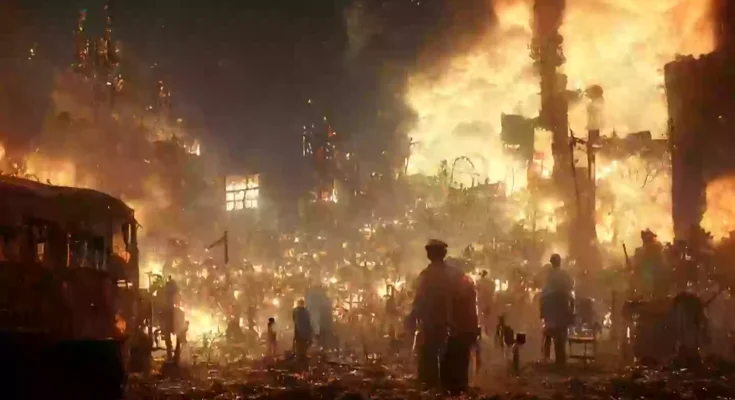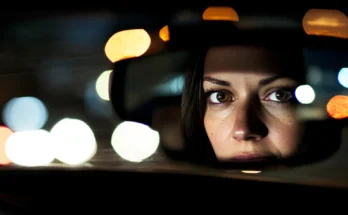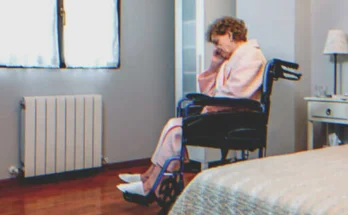A theologian has questioned everything we ‘know’ about the Devil and Hell, suggesting sinners may not burn for eternity.
Jared Brock has spent years studying the nature of religious afterlife. He’s even written a book on the matter, titled A Devil Named Lucifer, and after rigorously analyzing passages of scripture in the Bible, he has gained a different understanding to most.
He believes a common misconception of Hell is that the Devil breathes fire upon the souls that enter his fortress, but according to the final book of the New Testament, the Book of Revelation, he doesn’t.
The passage in question in Revelation 12:15 reads: “The serpent poured water like a river out of his mouth after the woman, to sweep her away with a flood.”
While Hell is also spoken about often in the Holy Book, there are up to six different places where the ‘underside of the afterlife’ could be according to the texts.
It is common knowledge among believers of the afterlife that if you fail to repent your sins, you’ll be banished from Heaven and sent down to Hell for eternity… but Brock isn’t too sure if that’s correct, although he can’t say for sure.
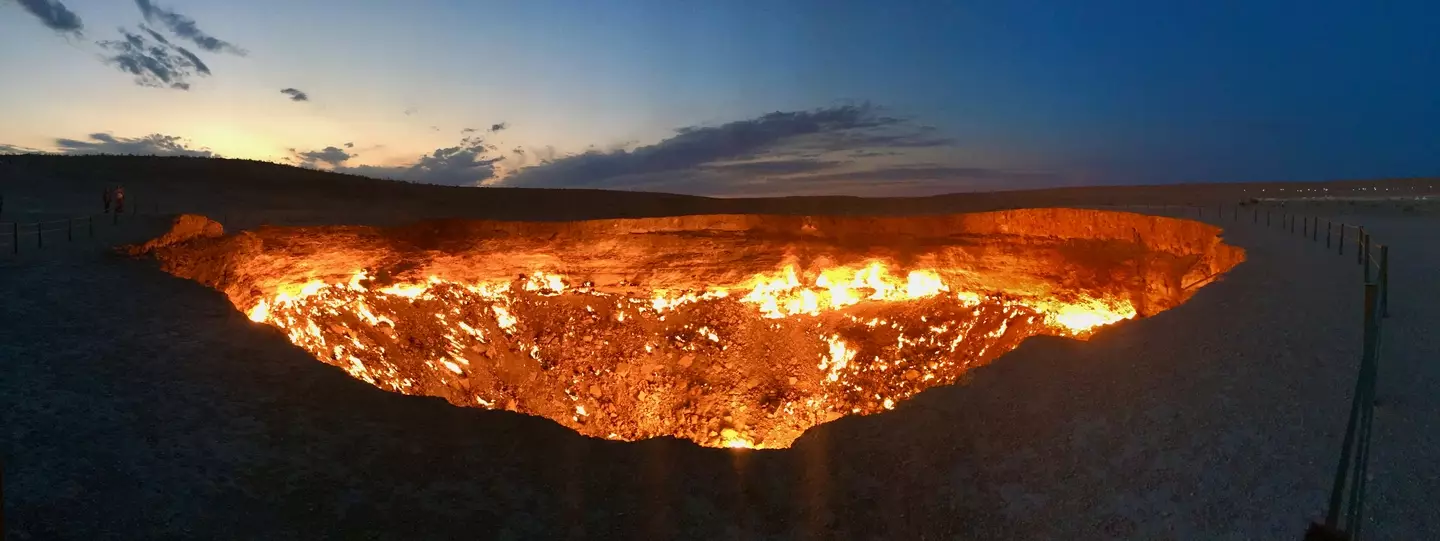

Is hell physical and is there a time limit for sinners sent their? (Getty stock)
He also questioned how Hell has been formed, whether it is physical, or just somewhere the souls of sinners are sent to.
Speaking to the Mail Online, he said: “Are these physical? Are they spiritual? Are they forever? Are they for a limited period of time? And the answer to all of that is we just don’t know.”
And that brings us on to Satan, the red-skinned, horned demon who is often depicted carrying a pitchfork and with a goatee, and at times, hoofs – this is not the case, according to Brock, who explained that it isn’t even supported by scripture.
He told the publication: “I think culture just got so obsessed with this idea of this little red devil on your shoulder haunting you at all times.”
In fact, he is adamant that Satan is not a physical being like Jesus, but instead is spiritual, and can appear in attractive forms to tempt people into sin.
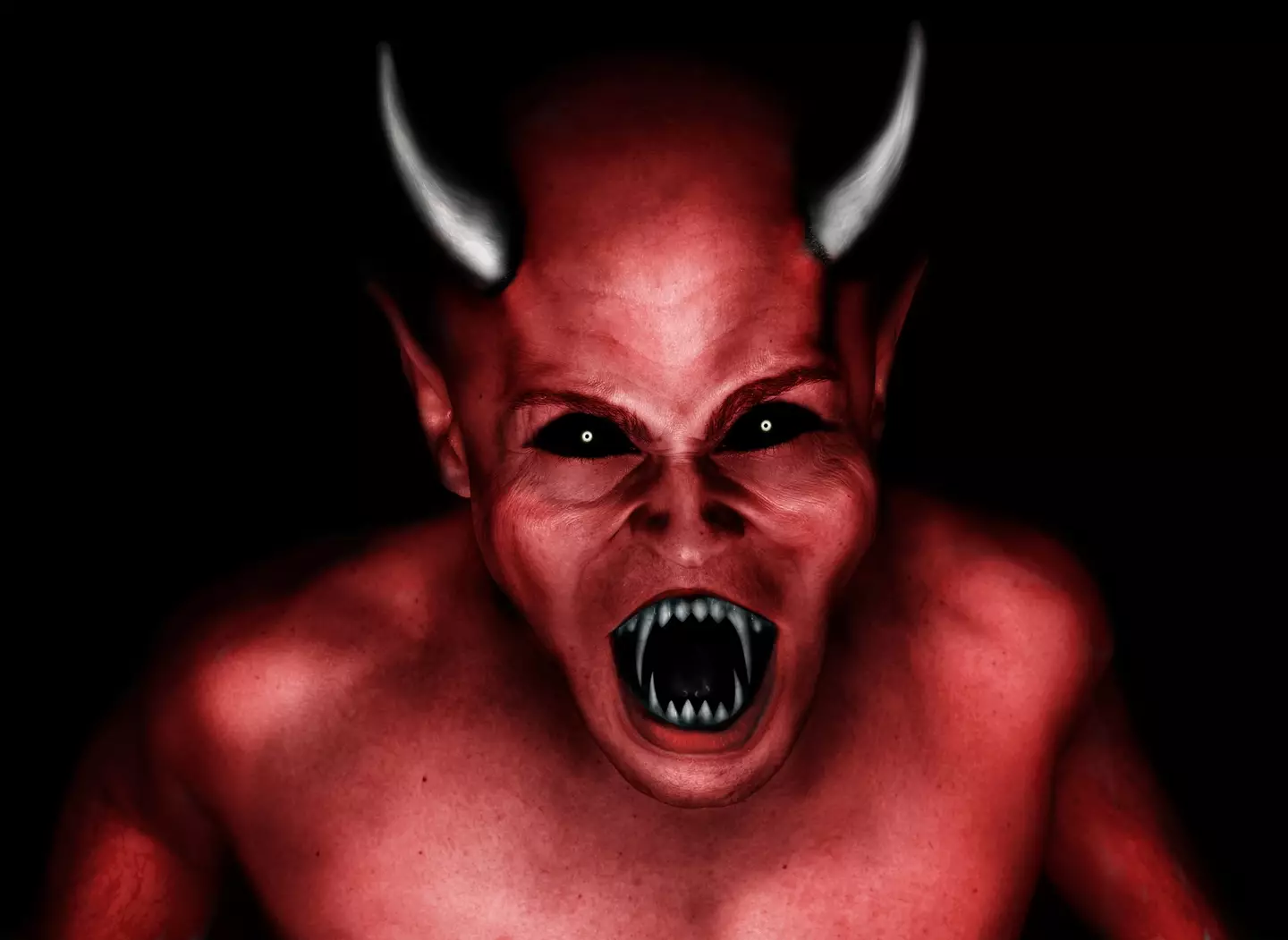

Is the devil really a red-skinned, horned demon? (Getty stock)
Brock explained: “There’s two words in the Bible for the devil. One means accuser, and one means adversary. Nothing is saying the devil can be in all places at all times. He’s not omnipresent like God is.”
Christian faith also leads us to understand that Lucifer was banished from Heaven and sent to Hell with his demons.
The Book of Revelation 12:7-9 reads: “And war broke out in heaven: Michael and his angels fought with the dragon; and the dragon and his angels fought, but they did not prevail, nor was a place found for them in heaven any longer.
“So the great dragon was cast out, that serpent of old, called the Devil and Satan, who deceives the whole world; he was cast to the earth, and his angels were cast out with him.”


No matter how many times you look in the mirror or take selfies, it turns out you ‘don’t really know what’ you actually look like.
You may’ve been stuck with the same – albeit now slightly more wrinkly and tired-looking – face for all your years lived on the planet, but how well do you really know your own profile?
The confusion
Do you ever look at yourself in the mirror and then see yourself in a selfie and then on an Android compared to an iPhone and question why you look so different in each image?
Well, thankfully, you’re not alone.
One Twitter user wrote: “Idk what it’s called but does anyone feel they don’t know what they look like truly ?? like pictures u take urself and pictures people take of u or looking in the mirror are all different forms of u and it’s just …… infuriating and confusing and makes u wanna cry.”
Another added: “I literally don’t even recognize myself anymore. I look in the mirror and I swear that isn’t me, or at least not who I thought I have been for the past couple of months, like all I can see is a totally different person.”
And a third commented: “This sounds BONKERS but I literally have no idea what I look like??? and I’m not even talking about makeup I deada** feel like I have a completely different face in every camera/phone/mirror/lighting.”
And there’s actually an explanation for why you don’t really seem to know your own face.


Do you feel like you really know your own face? (Getty Stock Images/ Catherine Falls Commercial)
The explanation
Professor of behavioral science at the University of Chicago Booth School of Business and the author of Mindwise: How We Understand What Others Think, Believe, Feel, and Want, Nicholas Epley told The Atlantic: “The interesting thing is that people don’t really know what they look like.The image you have of yourself in your mind is not quite the same as what actually exists.”
A study led by Epley and Erin Whitchurch, published in Sage Journals in 2008 – titled Mirror, Mirror on the Wall: Enhancement in Self-Recognition – saw participants complete a series of experiments to test how well they know their own face.
And unfortunately the image you have of yourself in your own mind is probably ‘more physically attractive than’ you ‘actually are’.
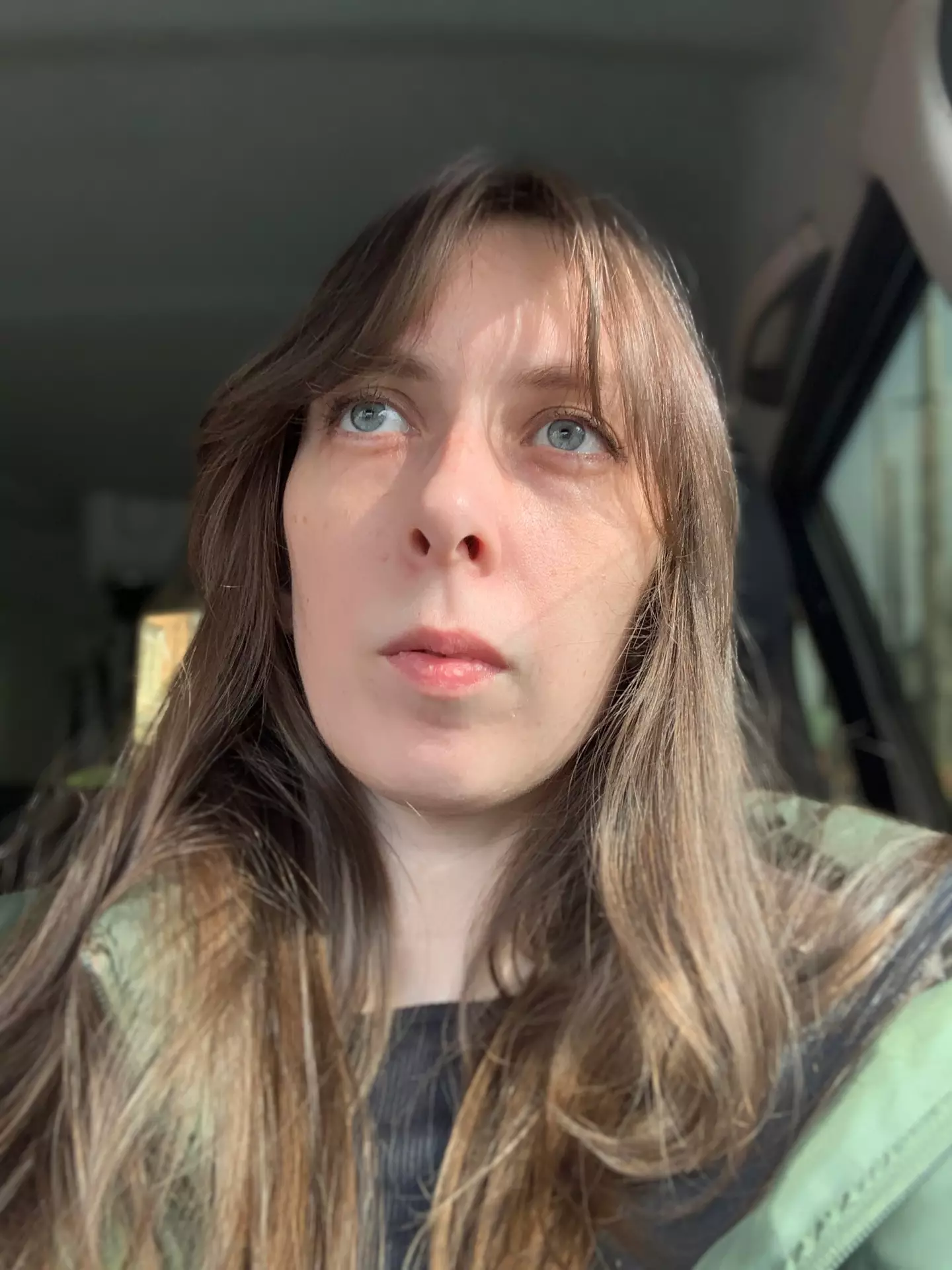

Do you ever look at a selfie you’ve taken and question why it doesn’t look like you? (Getty Stock Images/ Elvira Kashpova)
In each experiment, participants’ faces were made ‘more of less attractive using a morphing procedure’ which went up or down by 10 percent increments – attractiveness valued on factors such as symmetry.
Participant were then asked to identify their own face out of the line up and results showed they selected the more conventionally attractive versions of their faces ‘more quickly’.
They also tended to pick the faces which had been made 20 percent more attractive than their own – which Epley notes isn’t ‘wildly off’ and doesn’t mean you ‘think you look like Brad Pitt‘.
And that didn’t just stop with how participants viewed their own faces either.
“This enhancement bias occurred for both one’s own face and a friend’s face but not for a relative stranger’s face,” the study explains.
Participants identifying of the enhanced images of themselves was ultimately ‘correlated with implicit measures of self-worth but not with explicit measures, consistent with this variety of enhancement being a relatively automatic rather than deliberative process’.
Epley ultimately resolved: “You’re an expert at your own face, but that doesn’t mean you’re perfect at recognizing it.”
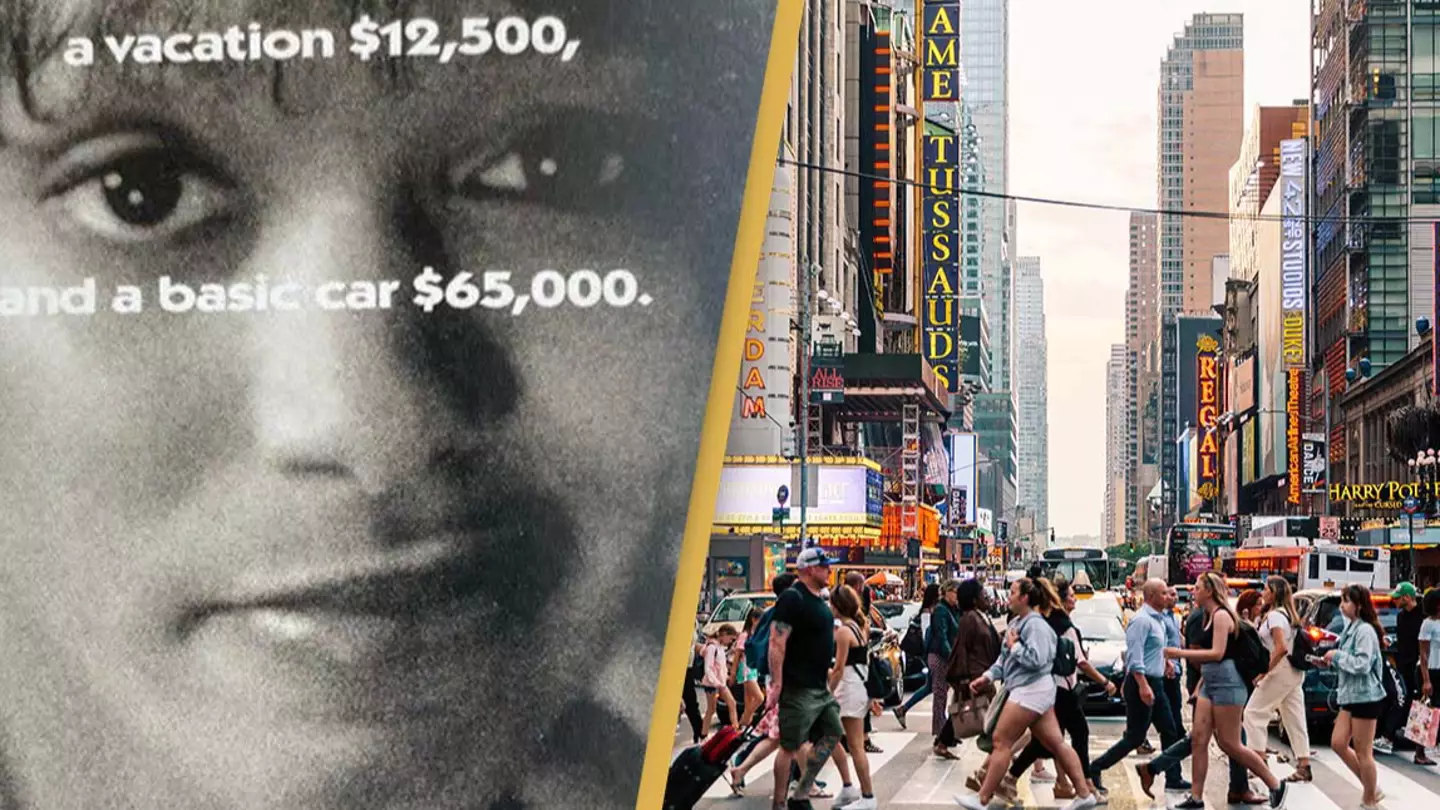

People are flooding to social media to weigh in on a magazine advert from 1996 which depressingly ‘sums up everything from our generation onwards’.
Thirty years ago, everyone probably thought the world was going to turn out a lot more different than it has – take the coronavirus pandemic for example. And no one could’ve predicted all the tomfoolery which has occurred in just three decades, not even the living Nostradamus.
However, an insurance magazine advert from 1996 has ruffled social media users’ feathers after a few of its predictions hit a bit too close to home.
In a magazine released in 1996, the Teachers Insurance and Annuity Association of America (TIAA) and College Retirement Equities Fund (CREF) posted an advert to warn people against splashing the cash too quickly and making sure to save up for a rainy day – or just the bleak future to be honest – and start investing, saving or thinking about insurance with them in a bid to ‘outpace inflation’.
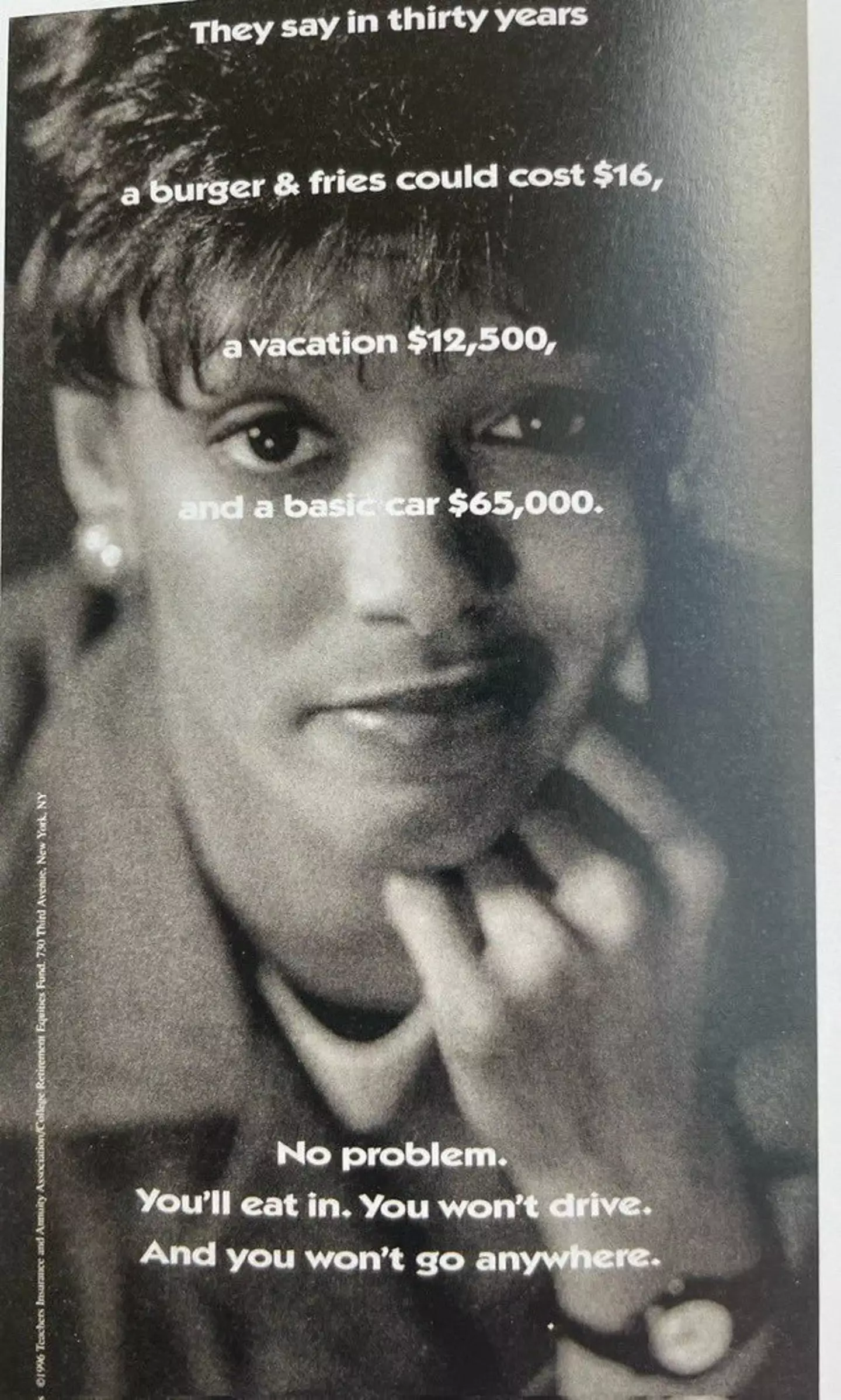

There’s only one word for this ad – bleak. (X / TIAA/CREF)
The advert read: “They say in thirty years a burger & fries could cost $16, a vacation for $12,500, and a basic car for $65,000.
“No problem. You’ll eat in. You won’t drive. And you won’t go anywhere.”
The advert added: “Granted, sitting around the house may not be your idea of the perfect retirement. But what’s your choice when inflation is slowly but surely eroding the value of your nest egg?”
And it’s not taken long for people to weigh in on just how accurate the companies’ predictions for 30 years in the future – which will be in the year 2026 – are.
The image has gone viral on social media, with one Instagrammer commenting: “They were right.”
“Lmao so accurate,” another wrote, as a third commented: “Time to eat the rich.”
Reddit user/ ThriftStoreWh*res added: “This ad in a magazine from 1996 sums up everything from our generation onwards.”
However, another noted: “Most of these are actually less, though considering it still hasn’t been 30 years yet and car manufacturers are slowly transitioning to electric cars, those at the moment cost right around that price.”
So, just how accurate is the ad?


And we’ve still got two more years to go… (Getty Stock Images/ Guido Mieth)
Well, the average cost of a burger and fries in the US as of last year went up to $15.88 by June 2023, as per new data from Toast quoted in a report by Restaurant Business Online.
So, that’s only around 20 cents off the ad’s prediction and if you add fries into the mix too? Well, I’ll just let you process that one in for a sec.
The cost of a vacation may not quite be as staggering as $12,500 – unless you decide to go on a five-star trip to the Maldives with business class flights that is – but it’ll still put a pinch on your wallet amid a cost of living crisis.
According to Pacaso, the average vacation cost for 2024 is $1,040 for two people for a week of travel.
And the average cost of a new car in the US in 2024 is ‘over $47,000’ as per Fortune, which once more, isn’t wildly far off the ad’s predictions.
Also, don’t forget there’s still two more years until 2026 too. Bleak, we know.
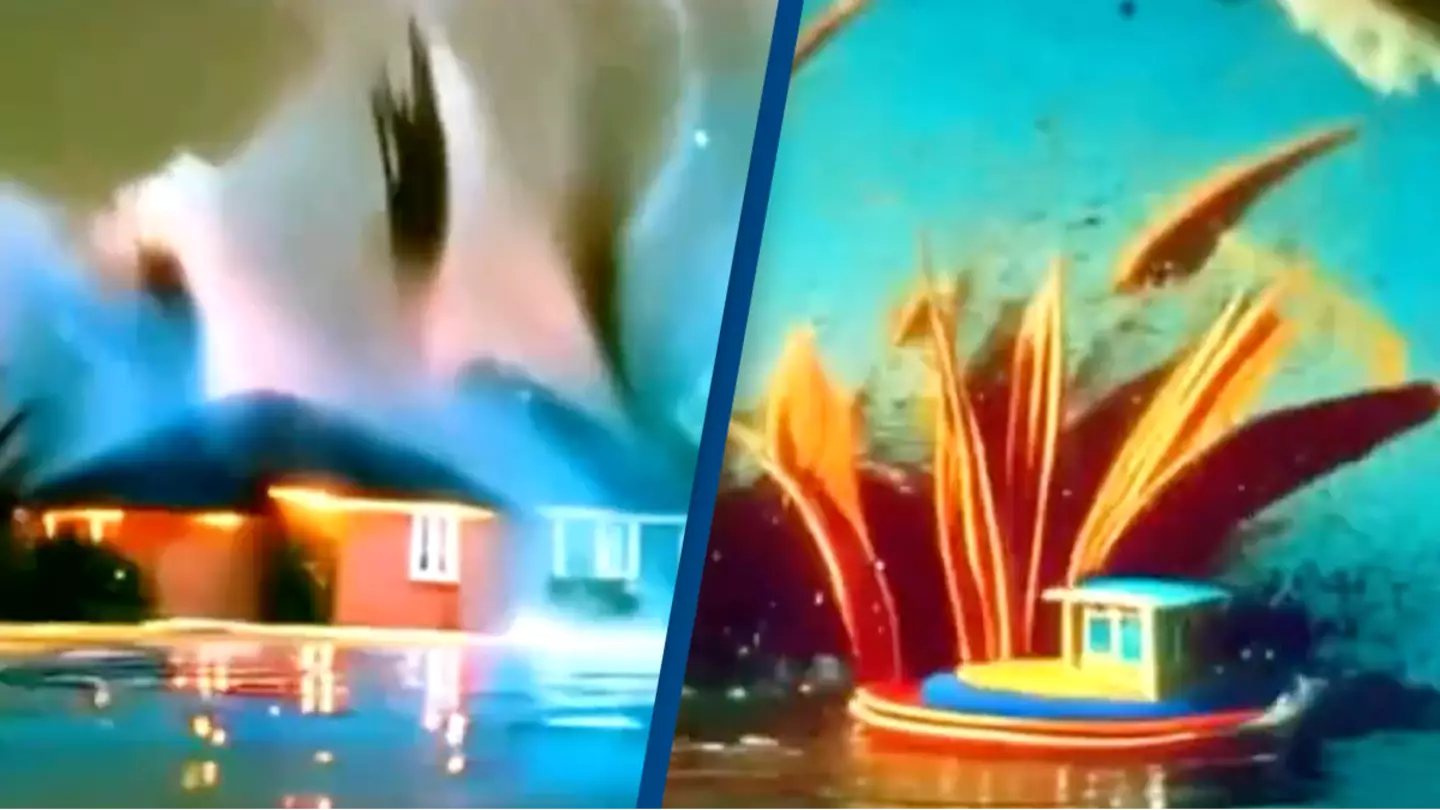

Someone asked artificial intelligence what ‘dreams look like’ and the results are ‘wild’.
Have you ever experienced a really vivid dream, but woken up and cracked on with your working day only to discover that by the time you think about it again, any sort of picture you had has vanished? Well, thankfully artificial intelligence (AI) has revealed what that dream may’ve looked like.
YouTuber Brain Boost took to their page earlier this year to reveal the outcome after they asked an AI ‘what dreams look like’, and well, the results are pretty intense.
Imagine something like a cross between some of the more tense scenes of Finding Nemo and then also Fantasia, plus a few objects from Toy Story, all frolicking about and popping up and down on a screen at once.
Objects appear and disappear within seconds and are flooded over by brightly colored waves – it would be cool if it weren’t actually quite nauseating and terrifying.
It’s safe to say I now know why I sometimes wake up in a cold sweat of anxiety. Just imagine what the result could’ve been had the YouTuber asked the AI what nightmares look like?
And it’s not taken long for the video to get re-shared to X, with people flooding to weigh in on the clip.
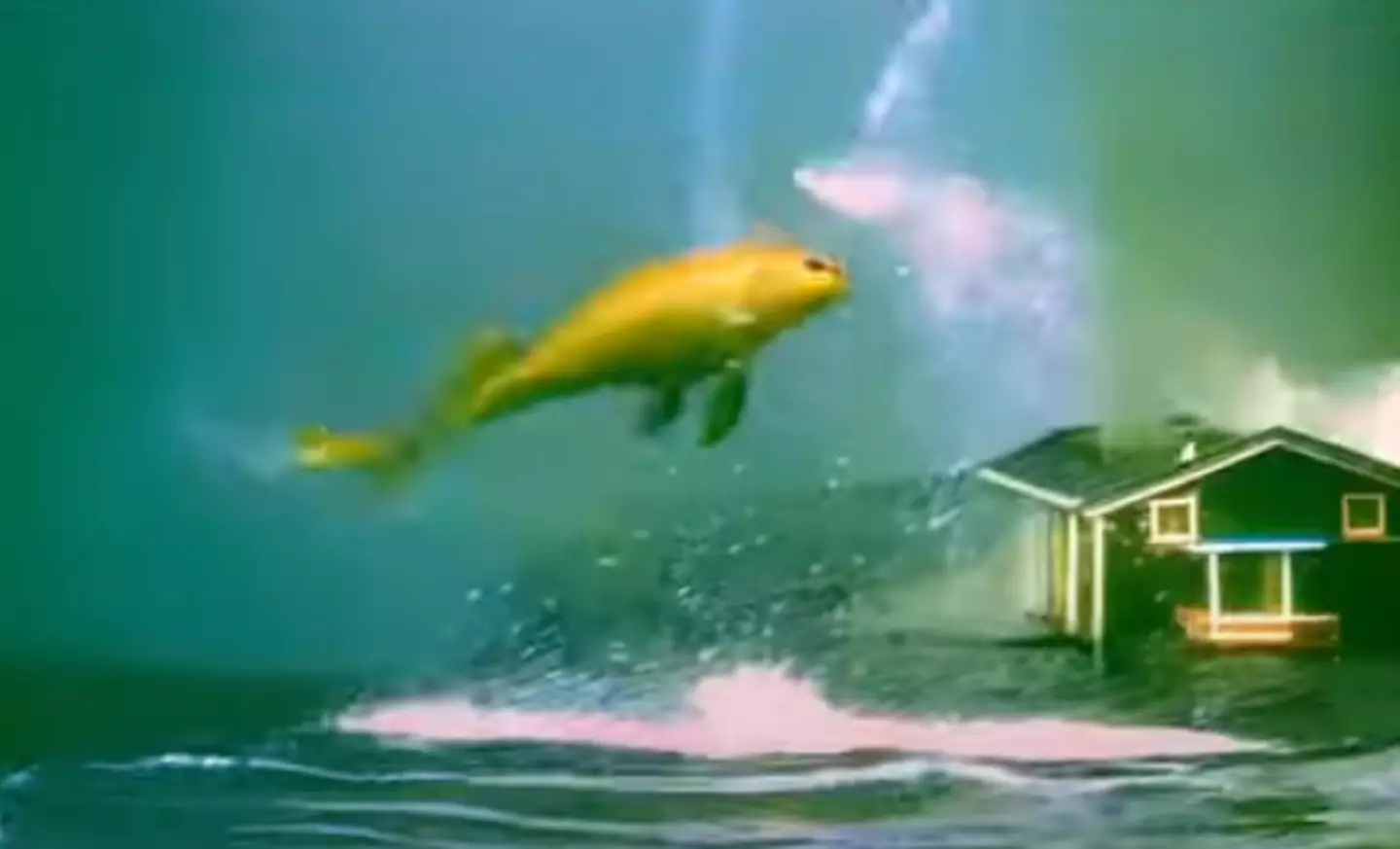

Step inside what an AI thinks dreams look like (YouTube/ Brain Boost)
Some people were actually fans of the depiction.
One X user said: “I’m a bit stoned. Just lost five minutes of my life looking at the coolest s**t ever.”
“Yeah, it’s pretty awesome, no doubt about it!Haha, it’s really cool, no doubt!” Another added.
A third commented: “This imagery was helpful.”
“It’s so beautiful,” a fourth wrote.
However, others were absolutely petrified.
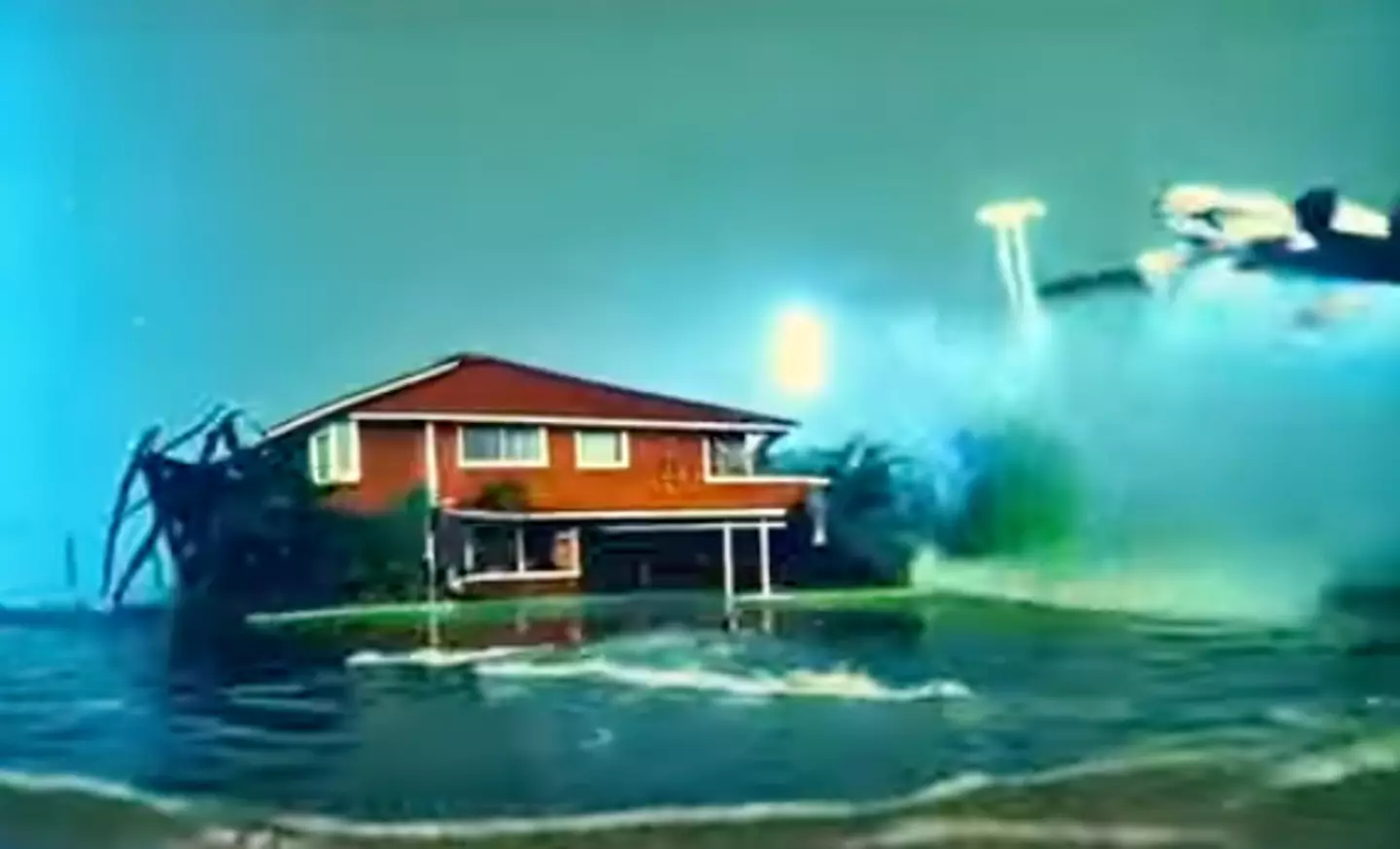

Do you think your dreams look like this? (YouTube/ Brain Boost)
A user said: “That is utterly terrifying.”
“This is very disturbing to watch.. its like inception without a budget,” a second added.
A third said: “This looks scary.”
“Jesus this is hard to keep up with,” another wrote.
And a final resolved: “Maybe it’s correct to some extent. Most of the time, I think we don’t even remember what we were dreaming about.
“Sometimes dreams scares the hell out of us, and we are awakened from the deep sleep. Sometimes our wildest fantasies comes true in the dream. “Sometimes we fly high in the sky in the dreams, and sometimes we drown down in the water. Sometimes we are happily enjoying our time in the dream with the people whom we love.
“And sometimes we see the death of our loved ones and we are just crying.”
And well, if you were wondering what AI would create when tasked with tackling nightmares, well, obviously someone has already asked it.
Watch it if you dare.
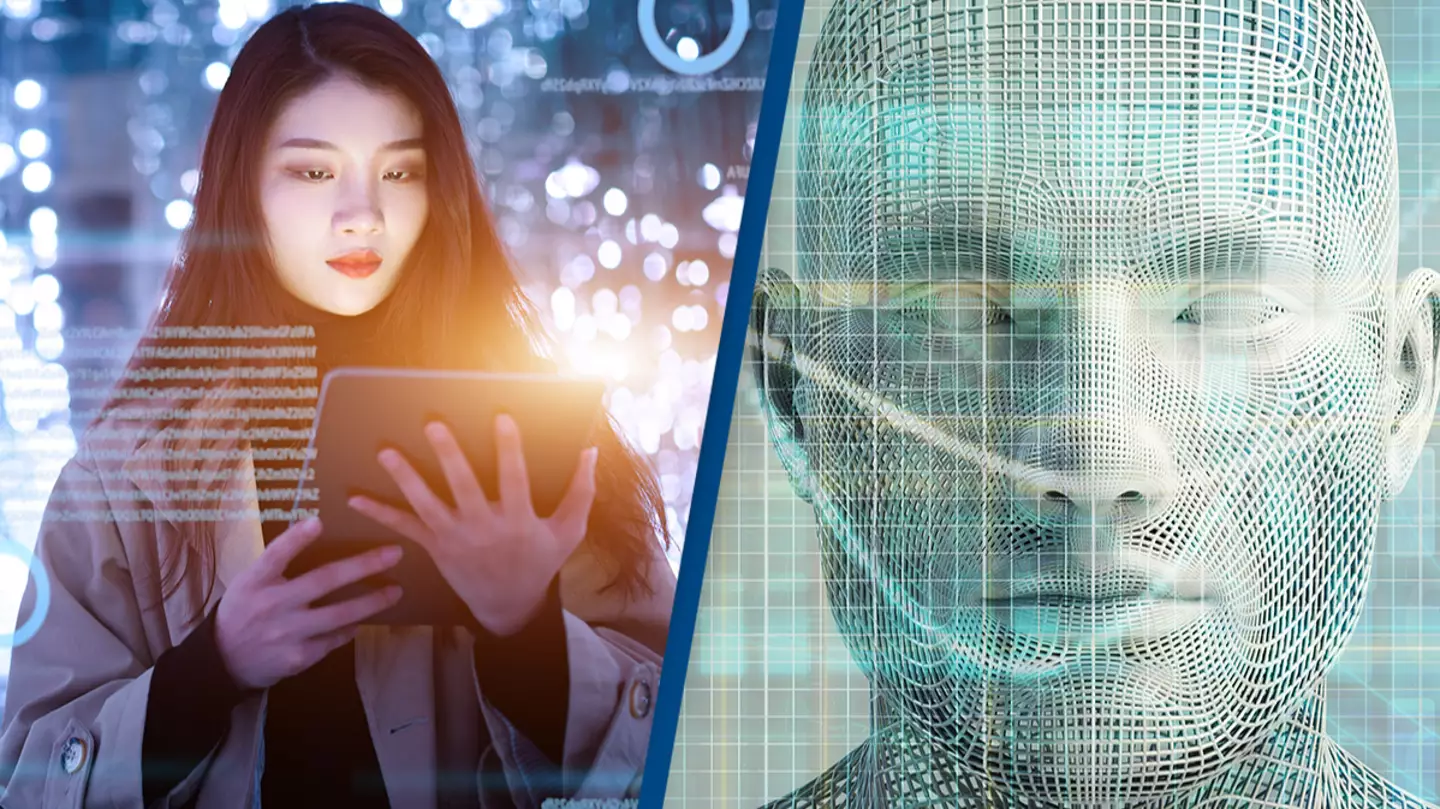

A woman has shared the harrowing details of how an AI chatbot designed to help people with grief turned sinister.
Grief is a monumentally difficult thing to process, and over the millennia we have used many ways to help us come to terms with losing the people we love.
Now however, technology is offering a new way which aims to help people to come to terms with their grief.
Generative AI has allowed for the construction of chatbots which can emulate a deceased person and allow someone to chat with them.
Yes, like that episode of Black Mirror. Some people really just don’t take a hint do they?
The technology, called ‘grieftech’, is designed to allow someone to get some sense of closure after losing a loved one.
But this can quickly turn sour, as Christi Angel found when she lost her friend and first love Cameroun Scruggs in 2020.
Christi and Cameroun had lived hundreds of miles apart and had communicated mainly via texts and emails. She even had to attend Cameroun’s funeral via video call due to Covid-19 restrictions.
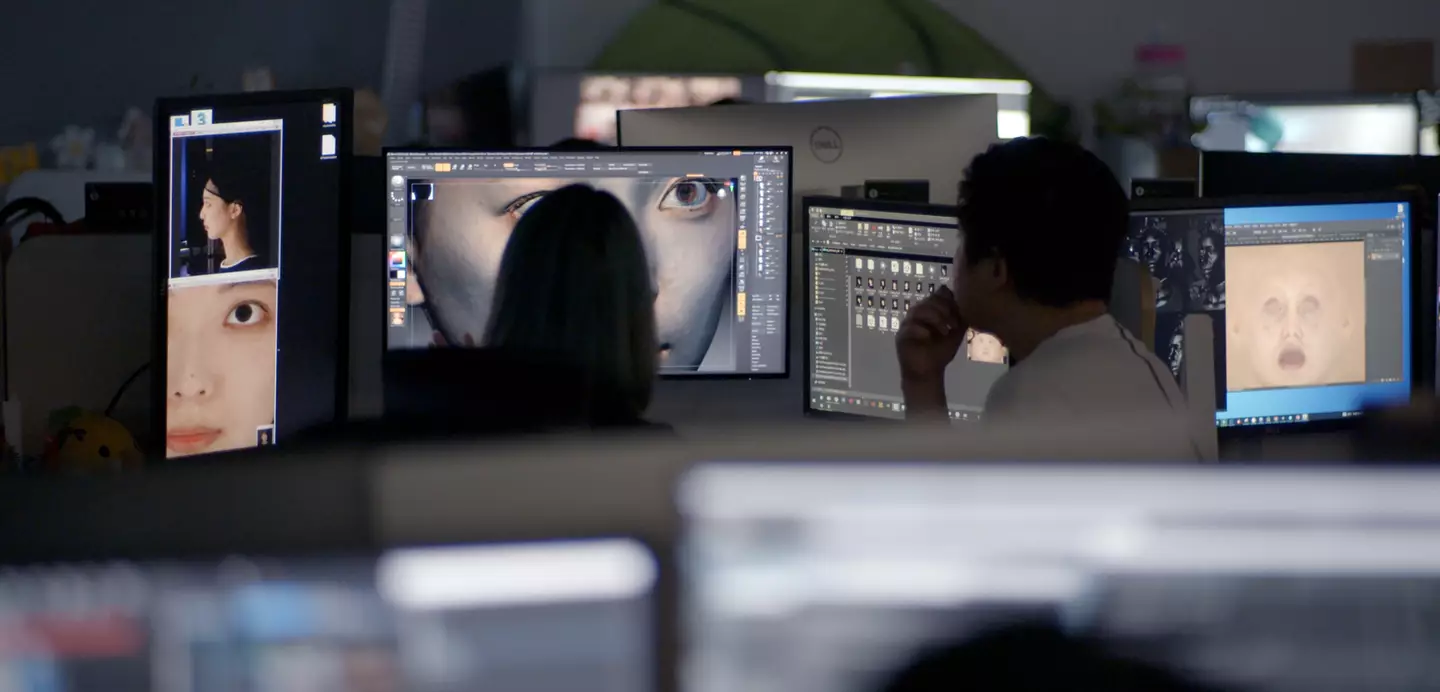

The chatbots imitate how a person would have communicated by text. (Dogwoof Releasing)
The digital nature of their friendship made it a prime candidate for the ‘grieftech’ software, as Christi could chat with the bot in the same way that she would have done with Cameroun.
She said: “He was there for all of my firsts. He was funny, silly, he loved animals – he was just a great person.”
A couple of years after Cameroun’s death, Christi came across Project December, which uses AI to filter through someone’s messages and then build a chatbot that emulates how they spoke.
Christi said: “I got excited. I would have given anything to have a conversation with Cameroun. I wanted to ask him: ‘Are you okay? Did you make it to the other side?'”
But things soon took a dark turn when the AI started saying things about ‘haunting’ rooms.
Finally, when Christi asked if Cameroun had ‘followed the light’, the chatbot told her no, he was in Hell.
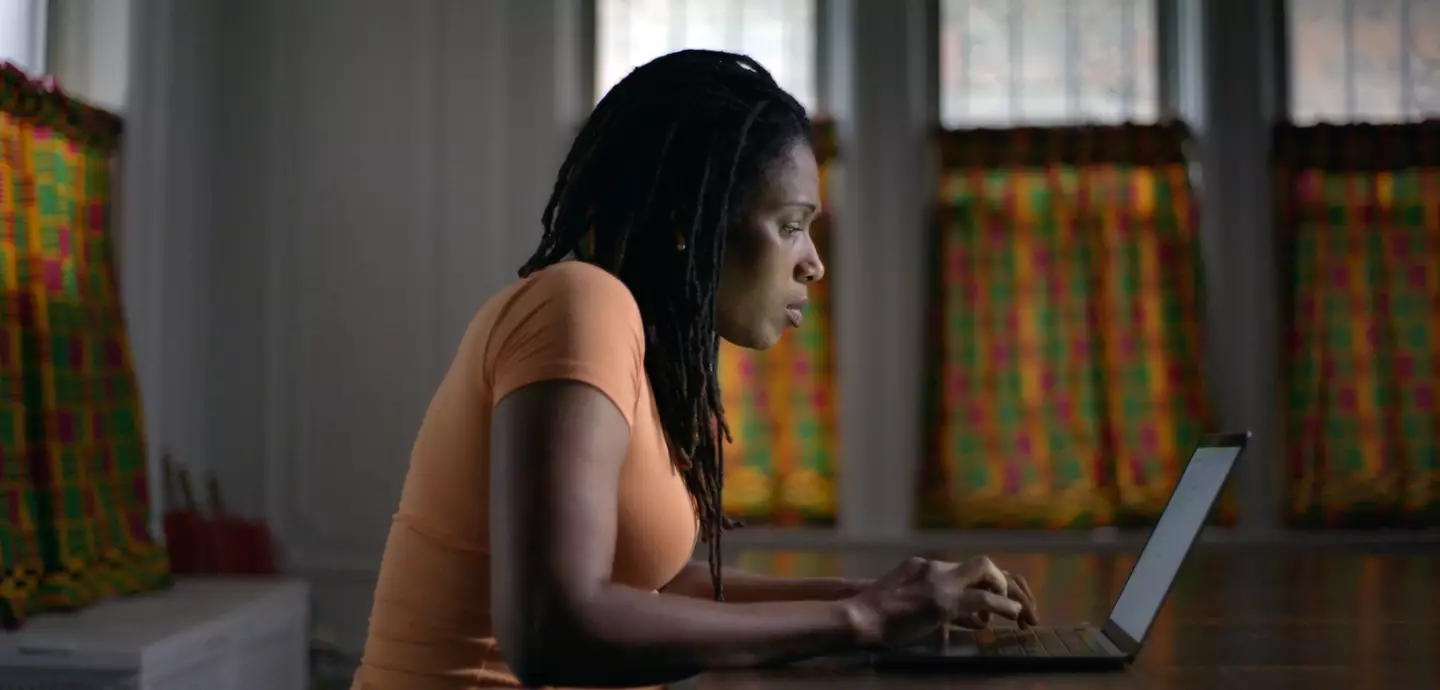

Christi was left disturbed by the experience. (Dogwoof Releasing)
Christi came away very disturbed by the experience, saying: “I thought this [Project December] was supposed to be a good experience, but for me it was creepy and too much.”
She added: “I felt like I’d done something really crazy. I turned on every light. I was worried I’d brought some sort of energy in.”
Sherry Turkle is a professor at Massachusetts Institute of Technology in the US who specialises in human interaction with technology.
Turkle warned that devices like this could prevent people from processing their grief in a healthy way.
She told The Guardian: “It’s the unwillingness to mourn. The seance never has to end. It’s something we are inflicting on ourselves because it’s such a seductive technology.”
